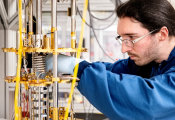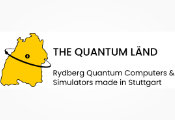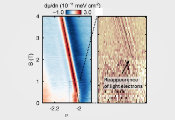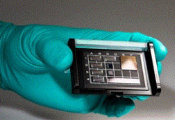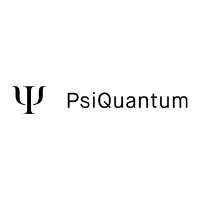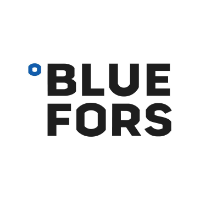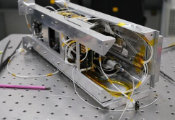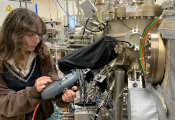A New Architecture for Quantum RAM
July 03, 2025 -- When a computer user wants a particular file, application or website, it sends the computer a command to pull that data from wherever it’s being stored and load it into random-access memory (RAM).
RAM is a sandbox where files can be edited, photos viewed, this sentence read. It’s lightning fast but volatile—unless the file is saved elsewhere, any new information vanishes if the power dies or the computer shuts down.
New research from the UChicago Pritzker School of Molecular Engineering proposes a novel architecture for providing this lightning-fast data access to already lightning-fast quantum computers—by routing individual "particles" of sound.
“What RAM is for a classical computer, QRAM is for a quantum computer,” said UChicago PME postdoctoral researcher Hong Qiao, co-first author of a new paper published in Physical Review Letters.
While RAM allows a computer to pull the information stored at a particular address, QRAM will allow a quantum computer to pull multiple pieces of information from multiple addresses simultaneously, providing a massive boost in speed and power.
“In classical RAM, you're taking an address as the input, and then it returns the data at that location,” said co-first author Zhaoyou Wang, a UChicago PME postdoctoral researcher. “But QRAM, you are taking a superposition of addresses, so you query different memory locations in terms of quantum superposition, and that will return all the results in parallel.”
While Quantum RAM is a goal for researchers around the globe, this paper, a collaboration between the experimental lab of UChicago PME Prof. Andrew Cleland and UChicago PME Prof. Liang Jiang’s theoretical group, proposes a novel and practical route to get there. They propose a branching, tree-like pattern of routers made from transmons, a type of quantumly entangled bit noted for being more resistant to noise than other forms of qubit.
The signal being routed through this data tree? Sound itself.
Pieces of sound
Phonons are mechanical vibrations on the atomic or molecular level that, if they were bigger, would be considered sound.
“The hybrid combination of phonons and superconducting qubits to make functional quantum elements is a brand-new area that very few other groups are developing,” Cleland said. “This is mostly because the community has not yet understood that some capabilities are actually easier to implement with phonons than with other technologies, and we are really taking advantage of this relative simplification to do new things.”
Although sound is much, much slower than light-speed electrical signals, using phonons will make the final device more compact, scalable and practical for real-world applications.
“Since the speed of sound is much slower than the speed of light, the corresponding acoustic wavelength is much shorter than the microwave wavelength at the same frequency,” Jiang said. “This allows for the design of significantly more compact devices in quantum phononics, enabling scalable integration at larger scales.”
By separating and routing individual phonons, the team’s unique tree-like structure will also avoid frequency crowding, the interference many models see when signals at the same frequency are in close proximity.
Correction and detection
The work, recently profiled in Phys.org, is practical and promising, but still theoretical. The next steps will be both to continue honing the design and then building the actual device.
One major goal will be error correction.
“Right now, in this work, we're only doing error detection, so we basically know whether it succeed or fails,” Wang said. “We throw away all the events that failed, keep the events that succeeded and analyze them. One direction our research is heading is trying implement some kind of error correction in real time.”
Both Cleland’s experimental lab and Jiang’s theoretical group have long been interested in the potential of acoustic models for quantum information processing, Jiang said. This particular collaboration is further supported by the Air Force Office of Scientific Research (AFOSR) MURI program on Quantum Phononics, where both Cleland and Jiang are co-principal investigators.
It’s an exciting area of research, with more work yet to come.
“Experimentally, we are tightly following this theoretical map to build an actual device,” Hong said. “We haven’t realized the full capability yet.”

